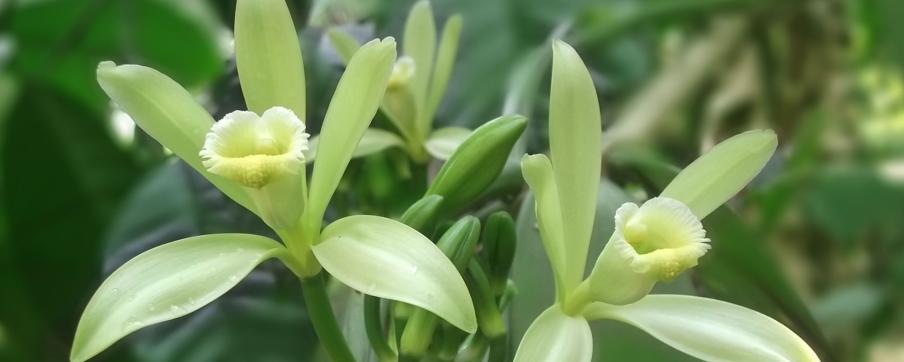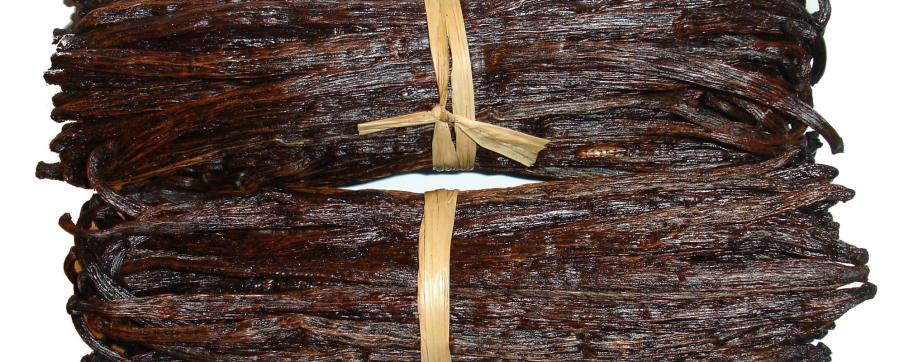The BRC Vatel's vanilla collection is without equal at international level. It includes more than 700 accessions available in the form of living material, dehydrated samples or DNA extracts. The accessions belong to around thirty species classified in the different sections and sub-sections of the Vanilla genus. They originate from the three continents where the genus is distributed (America, Africa and Asia).
This collection is the subject of numerous genetic (neutral markers, sequencing of coding and non-coding DNA, expression of genes of interest, cytogenetic observations) and phenotypic (morphology, resistance to pests, aromatic quality, metabolomic profile), particularly as part of the study of the structuring and evolution of vanilla species complexes being carried out in the UMR PVBMT by the ‘Diversité et valorisation des ressources génétiques végétales de l'océan indien (DIVOI)’ team.
The living accessions are conserved at CIRAD La Réunion in living collections in the form of lianas under shade (1,500 m²) and in vitro seedlings. Cultivated cuttings are strictly controlled for health, in particular for viruses known to affect vanilla (CymMV, ORSV, CMV and potyvirus).
Source (c) CIRAD
This collection is the subject of numerous genetic (neutral markers, sequencing of coding and non-coding DNA, expression of genes of interest, cytogenetic observations) and phenotypic (morphology, resistance to pests, aromatic quality, metabolomic profile) characterisation studies, particularly as part of the study of the structuring and evolution of vanilla species complexes carried out in the UMR PVBMT by the Genome Diversity and Functioning team.
The cuttings grown are strictly controlled for health, in particular for viruses known to affect vanilla (CymMV, ORSV, CMV and potyvirus). These resources are currently conserved under shade (1,500 m²) and in vitro. Their cryo-conservation is envisaged in the short term as part of the ‘CRYOVEG’ project.
Source (c) CIRAD
This is the only collection of vanilla species in France. It contains most of the diversity available in France (cultivated or endemic areas in the French overseas territories and botanical gardens). It has no international equivalent. Vanilla conservation initiatives are underway in Mexico, India and California, but to our knowledge, these genetic resources are complementary (in terms of diversity) and less well documented than those of Réunion.
Source (c) CIRAD



